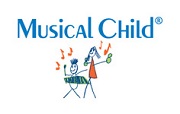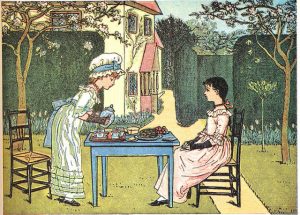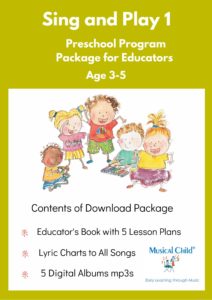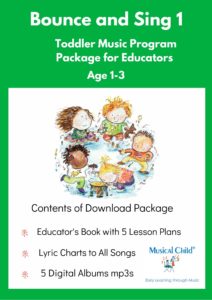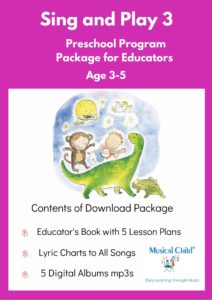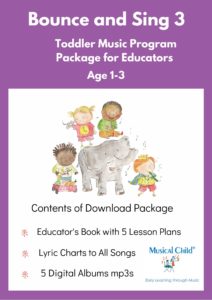This post is about the critical contribution of nursery rhymes to emergent literacy. I have many reasons for teaching nursery rhymes and this one is dear to my heart. Singing nursery rhymes to and with babies, toddlers and young children prepares them for a lifetime of literacy.
Why are nursery rhymes the key to emergent literacy?
The 3 R’s – Rhythm, Rhyme and Repetition are building blocks of early literacy. Nursery rhymes are purpose-built around rhythm and rhyme. So that ticks two boxes. Thirdly, because they are short and easily memorised, children love them and so repetition comes easily. Have you noticed that a one or two year-old child will often say “Again!” when you sit with her and her nursery rhyme book? She loves repetition.
What about how a three or four-year old will often be heard singing a nursery rhyme as he sits in the car gazing out the window or meanders around the back yard poking things with a stick? He loves knowing something by heart so he can repeat it as many times as he likes.
Prosody is the music of language
The oft heard maxim is that children who have memorised several nursery rhymes by the age of three are most likely to be the best readers by the time they leave early childhood at age eight. It’s because they intuitively feel the prosody or flow of language. Such children deeply understand the natural ups and downs, twists and turns, rhythms and silences, predictions and surprises of spoken language. That’s their feeling for prosody helping them to eventually decode the meanings in spoken and written word.
The pleasure of rhythm, rhyme and repetition the 3 Rs
Nursery rhymes are old poems that are “worn in”. They’ve had their rough edges smoothed off and, as a consequence, they trip easily off the tongue. The rhythms of natural speech become familiar and pleasurable as a mother-tongue works its magic binding people together. It’s the same force of nature at work as in fairy tales. With so many tale-tellers passing them on, the phrases have to be memorable so the best rhythms are kept in play to aid memory.
The way our brains work best is to look for patterns hence the value of the 3 Rs – Rhythm, Rhyme and Repetition. It’s a “no-brainer” really. Teach them nursery rhymes and watch them thrive. Add picture books and you’re well on the way to educating a literate child in love with books.
Nursery rhymes for emergent literacy in day to day practice
Here is a link to a toddler lesson plan about hands and fingers that has one of the lesser known nursery rhymes, Warm Hands Warm. it didn’t have a tune so we wrote one. It’s great for the younger child. The rhyme is in “plough” with “now”.
When you get to the Musical Child website scroll down the product page to see the PLAY button for the sound files including Warm Hands Warm.
For the older preschooler or five year-old try this one when you are cooking cakes, pies or cookies with nutmeg or cutting juicy pears to share at fruit time. The tune for I Had a Little Nut Tree is probably familiar to you. The rhymes are in “bear” with “pear” and “me” with “tree” and “sea”. You’ll find it in our lesson plan about good food for our bodies, My Body.
Stay tuned for more reasons why you should teach nursery rhymes to the young children in your loving care in coming blog posts. Now it’s time for Polly to put the kettle on.
